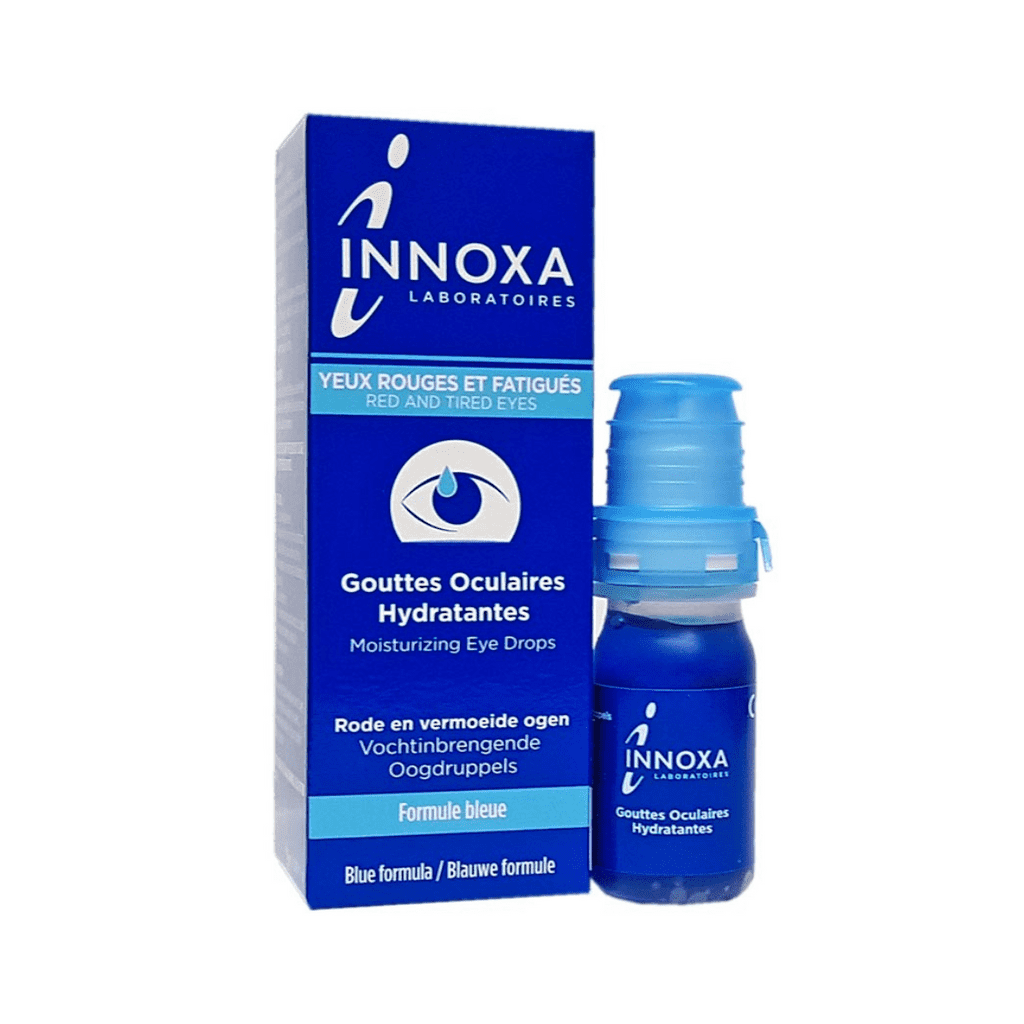OP
LeeLemonoil
Member
- Joined
- Sep 24, 2016
- Messages
- 4,265
apparently the alternatively used castor-oil as eye drops are proven to be effective in dry-eye conditions, alongside glycerine and carboxymethylcellulose. Castor il is mostly MUFA though.
Effect of tear supplements on signs, symptoms and inflammatory markers in dry eye. - PubMed - NCBI
Effect of tear supplements on signs, symptoms and inflammatory markers in dry eye.
PURPOSE:
Three tear supplements were compared for their effects on the signs, symptoms and inflammatory status of subjects with dry eye disease. Assessments were made before and after both 2 and 4 weeks of treatment.
METHODS:
In this masked, randomized, 3-way crossover trial, eighteen dry eye subjects were recruited. At each visit, symptoms, tear evaporation rate, stability and osmolarity were measured and tear samples were analyzed for 7 inflammatory markers, using multiplex immunoassays. The 3 treatments included carboxymethylcellulose-glycerine-castor oil (CGC), carboxymethylcellulose (CMC) and hydroxypropyl guar (HPG). The CGC and HPG drops are emulsified lipids; CGC also contains osmoprotectants. The CMC drop is a standard aqueous polymeric supplement.
RESULTS:
Significant improvements were seen in symptoms (OSDI) and tear stability (NITBUT) with all 3 treatments at 4 weeks. At 4 weeks post-CGC, 6 out of 7 biomarkers demonstrated a >25% reduction (in 40% of subjects). The same reduction (>25%) was seen in 10% of the subjects for CMC and in none of the subjects for HPG. No significantly different change to either evaporation rate or tear osmolarity was found following any of the three treatments.
CONCLUSIONS:
In this study, the CGC treatment resulted in the greatest reduction in ocular biomarkers of inflammation, while all 3 treatments reduced symptoms and improved tear stability. These results indicate that subject-perceived symptomatic improvements are not necessarily associated with a reduction in objective measures of inflammation.


